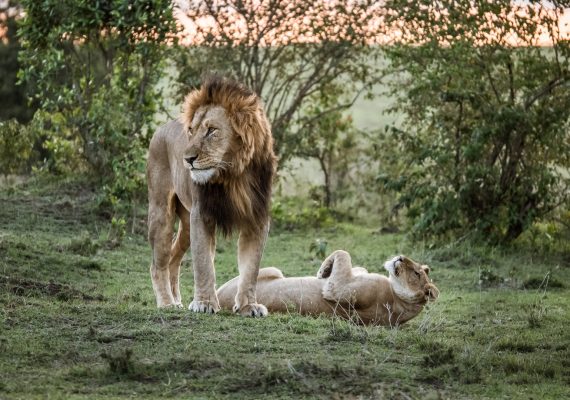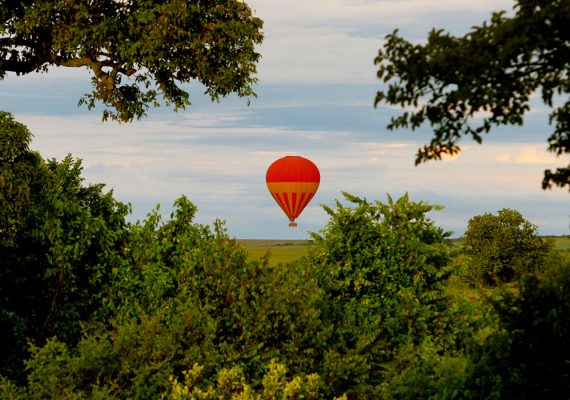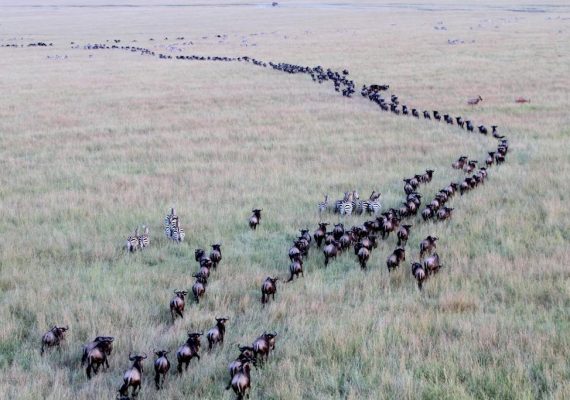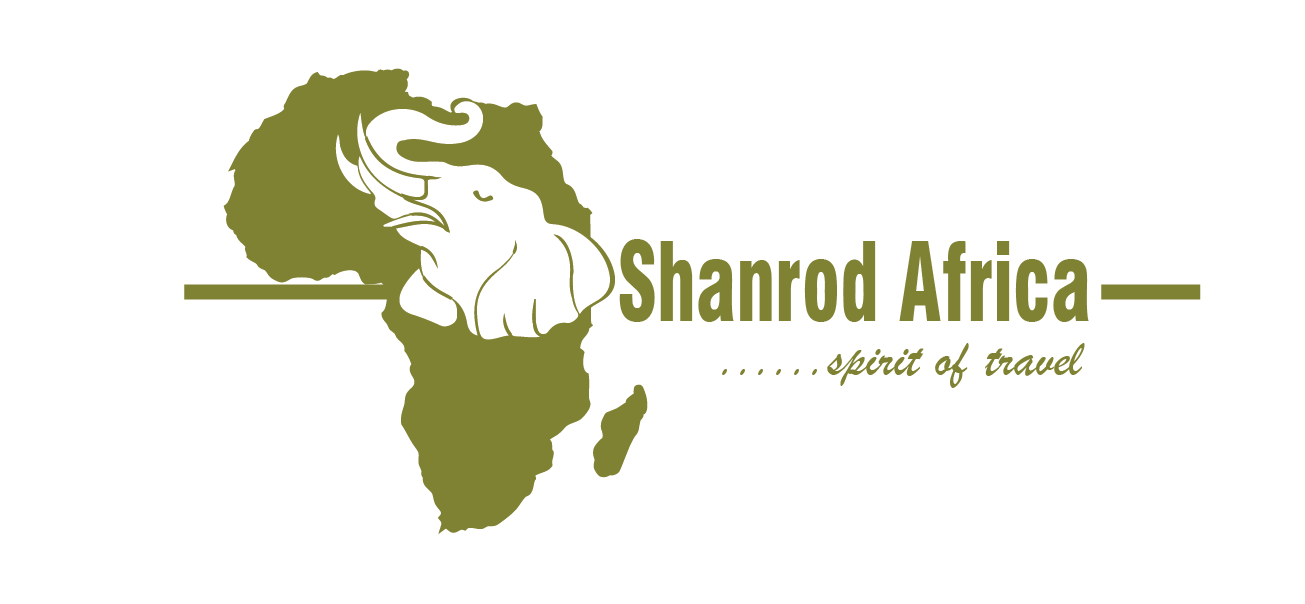Africa’s most iconic species hunt, graze, breed and fight for survival on the plains of Ol Pejeta every day, in an ecosystem that has the highest densities of wildlife in Kenya outside of the Masai Mara. Using the latest technology to monitor species populations, and smart fencing techniques that allow free movement of migratory wildlife, Ol Pejeta prides itself on being at the cutting edge of conservation innovation. As the largest black rhino sanctuary in East Africa, and the only place in Kenya to see chimpanzees, Ol Pejeta is also safeguarding some of the most vulnerable wildlife in the world, and advocating for change. The Conservancy also boasts an astounding variety of animals including all the “Big Five” (the endangered black rhino, leopard, elephant, buffalo and lion).
Prior to the 1970’s, Ol Pejeta was a highly developed and productive cattle ranch in which wildlife presence was thought to undermine the welfare of the cattle by competing for grazing as well as being disease vectors. Poaching pressures in the 1970’s led wildlife to seek refuge on Ol Pejeta. The management was compelled to find innovative ways to accommodate both the cattle ranching and the wildlife. Thus in the 1980’s, Ol Pejeta’s precursor -‐ the Sweetwaters Game Reserve -‐ was developed.
In the original system, the cattle and wildlife were completely separated. However new scientific evidence much of it developed on Ol Pejeta shows that cattle can be used as an “ecological tool to manage the rangelands. Ol Pejeta now runs an integrated wildlife/livestock operation across all of its
90,000 acres.
Ol Pejeta is now East Africa’s largest black rhino sanctuary as well as being home to Southern White Rhinos brought in from South Africa and thriving on the fertile open grasslands . It is also the only place in Africa to see Northern White Rhinos, a subspecies that once roamed the grasslands of northern Congo and southern Sudan but now on the brink of Extinction. Olpejeta Conservancy is home to four of the last seven of this species left in the world. The location on the wildlife migration corridors of Kenya’s northern rangelands has the advantage of making it home to all the “Big Five” and you enjoy one of the highest predator densities in Kenya. This is also the only place in Kenya to see chimpanzees which are located in a specially designed sanctuary set up by the world famous primatologist, Jane Goodall.
TO PROFIT OR NOT TO PROFIT
While Ol Pejeta is a private conservancy it is considered a “not-‐ for profit” organization. By virtue of the company constitution, all “profit” must be reinvested into further wildlife conservation and community outreach and cannot be disbursed as a dividend or in the form of director’s benefits. The shareholders and Board of Ol Pejeta work on an entirely philanthropic and voluntary basis.
NEIGHBOURHOOD WATCH
The Conservancy is committed to building long-‐term community relationships by empowering people from neighbouring communities to grow. Ol Pajeta constantly engages with surrounding communities to identify opportunities for assistance and ensure effective use of donated funds in an entirely accountable manner. Through business enterprises and with the help of willing donors (both large and small), the community outreach programme and external conservation programmes have raised and disbursed over USD 1,000,000 in the last three years, reflecting our aim to become a real engine for development across the district now and in the future.
Baraka was born in the wild in Ol Pejeta, but lost sight in both eyes due to a fight and then a cataract and subsequently became completely blind. With a low chance of survival on his own, Baraka was moved from the wild to a 100 acre enclosure in order to ensure his safety.
Baraka is now an ambassador for his species – and a popular attraction at Ol Pejeta. Baraka can be fed from the specially designed feeding platform that borders his enclosure – offering visitors a unique experience and a chance to get up close and personal to an adult black rhino.
Popular Kenya Safari










